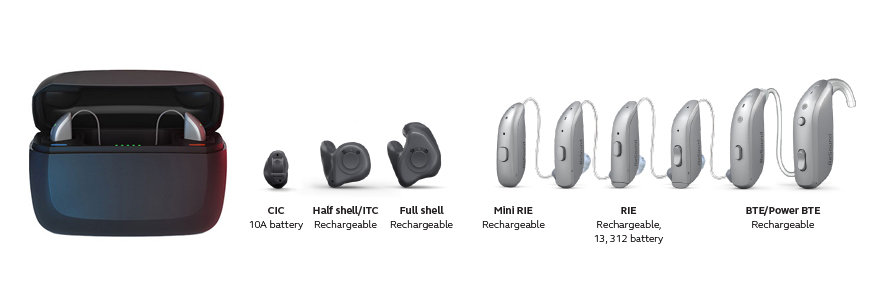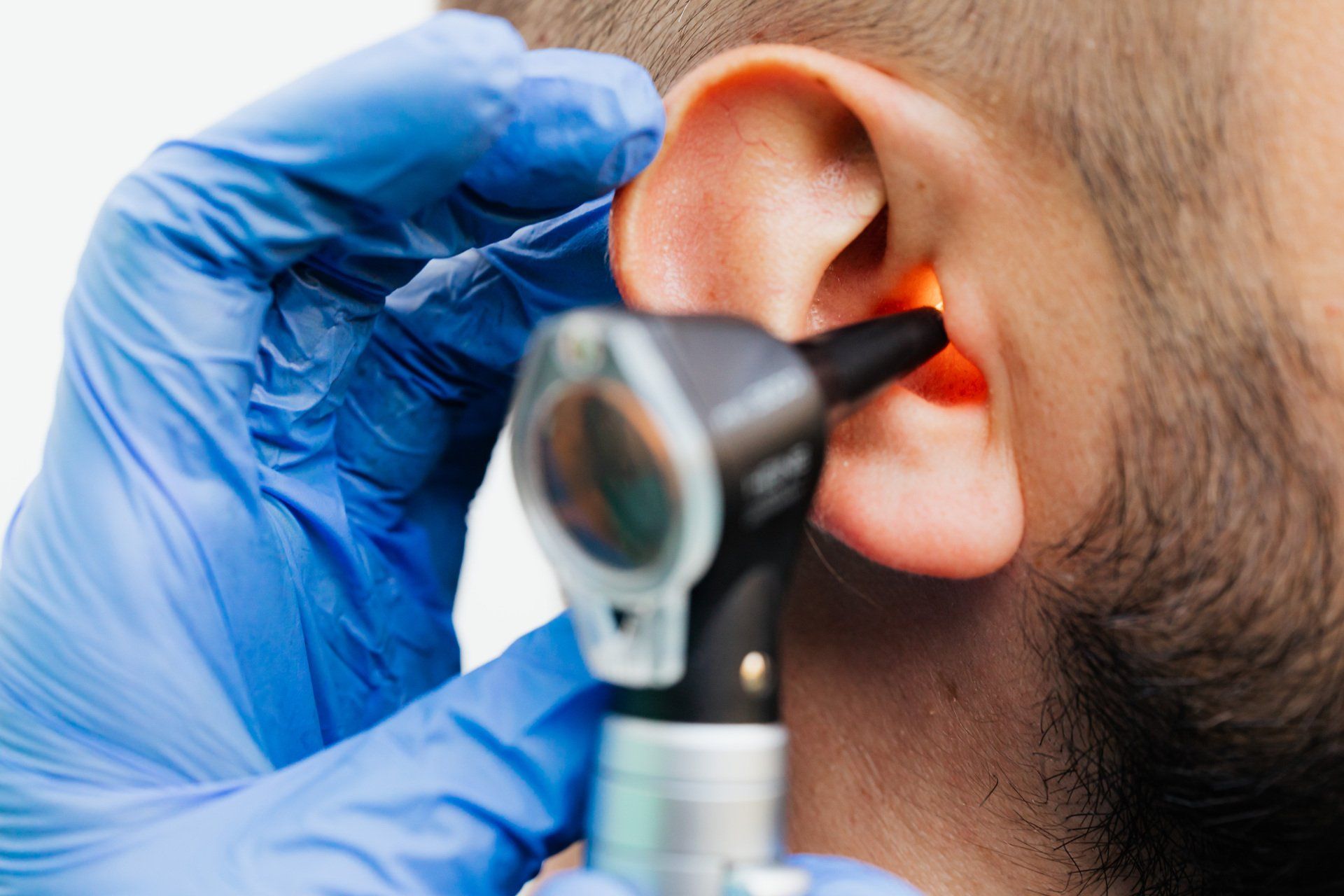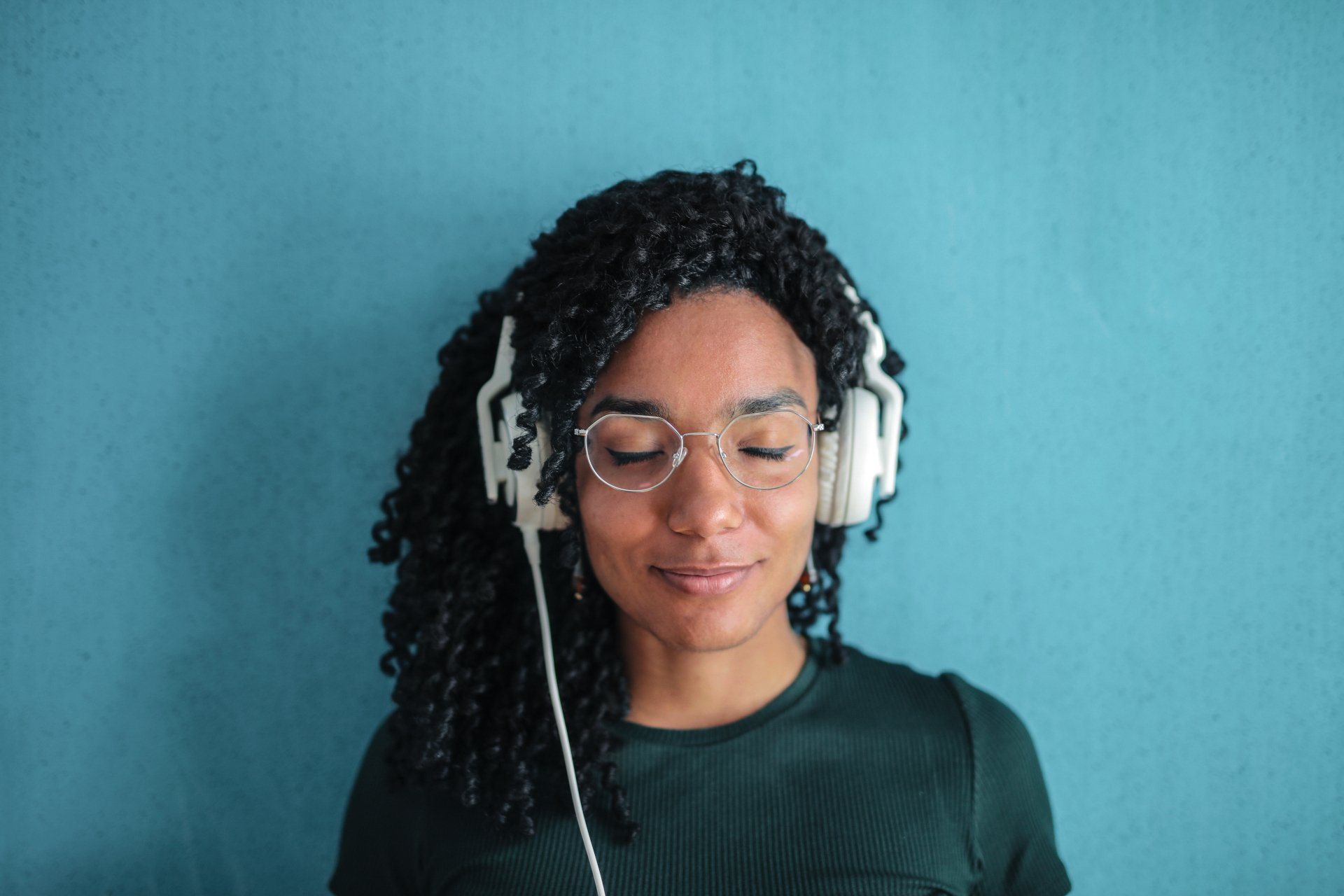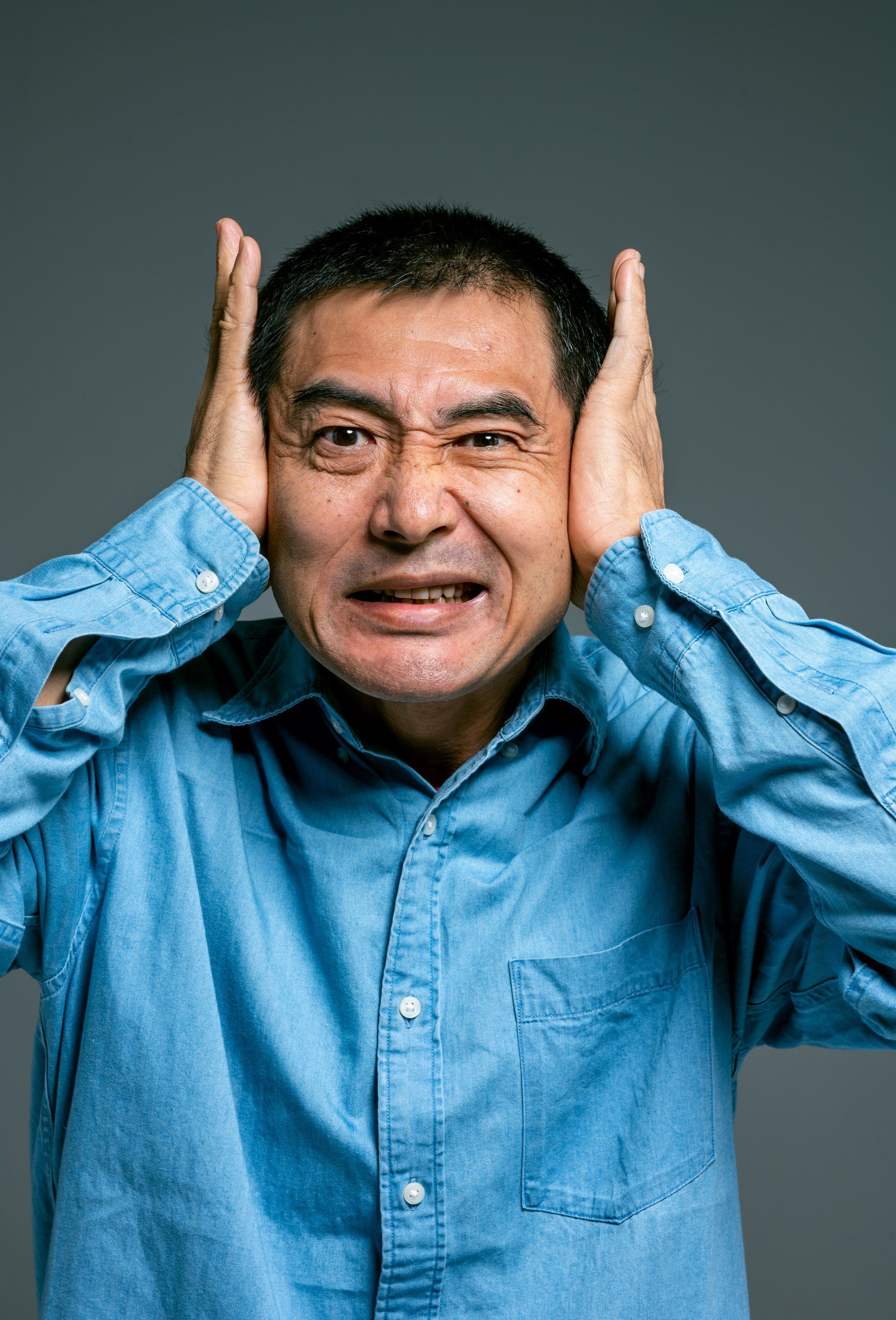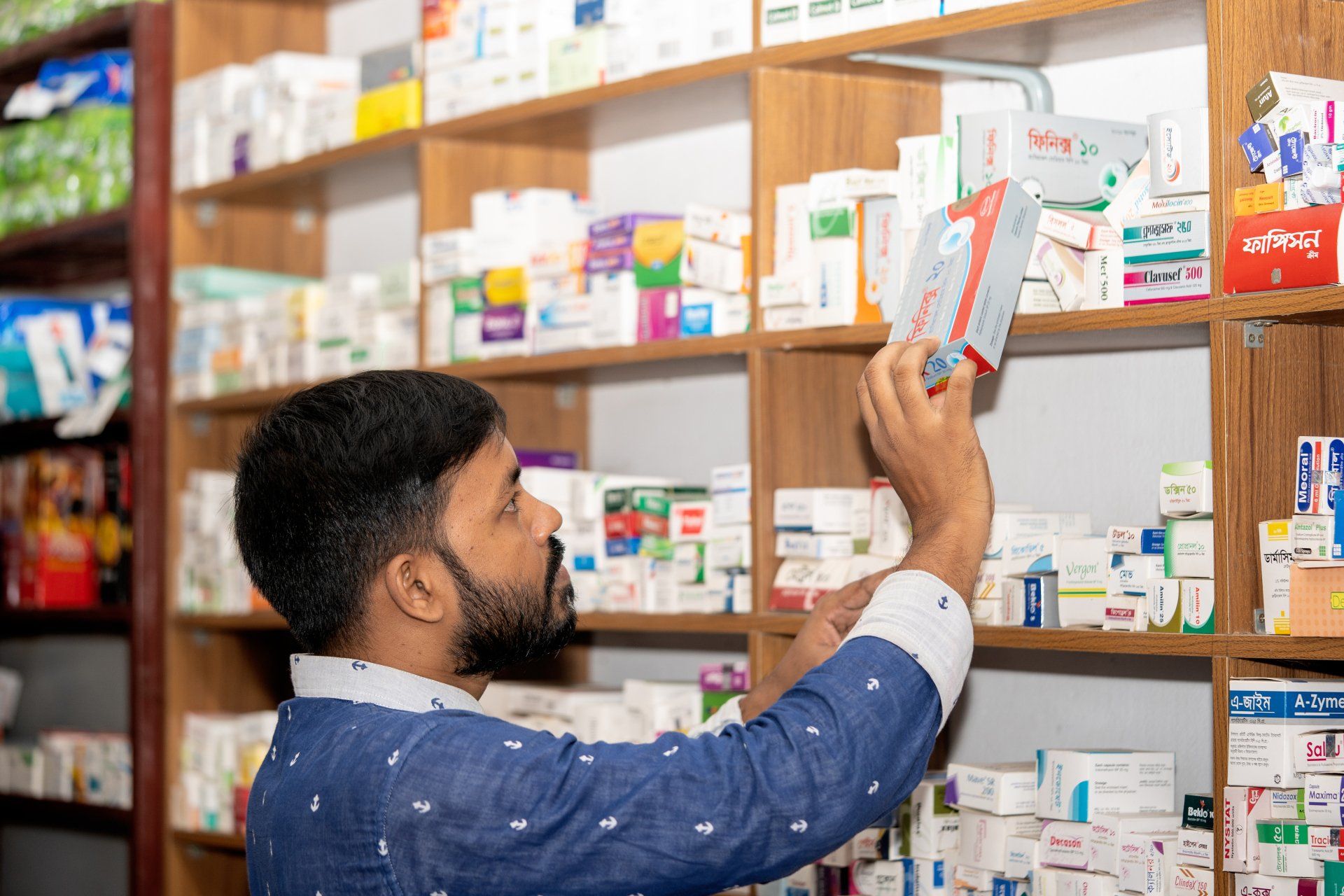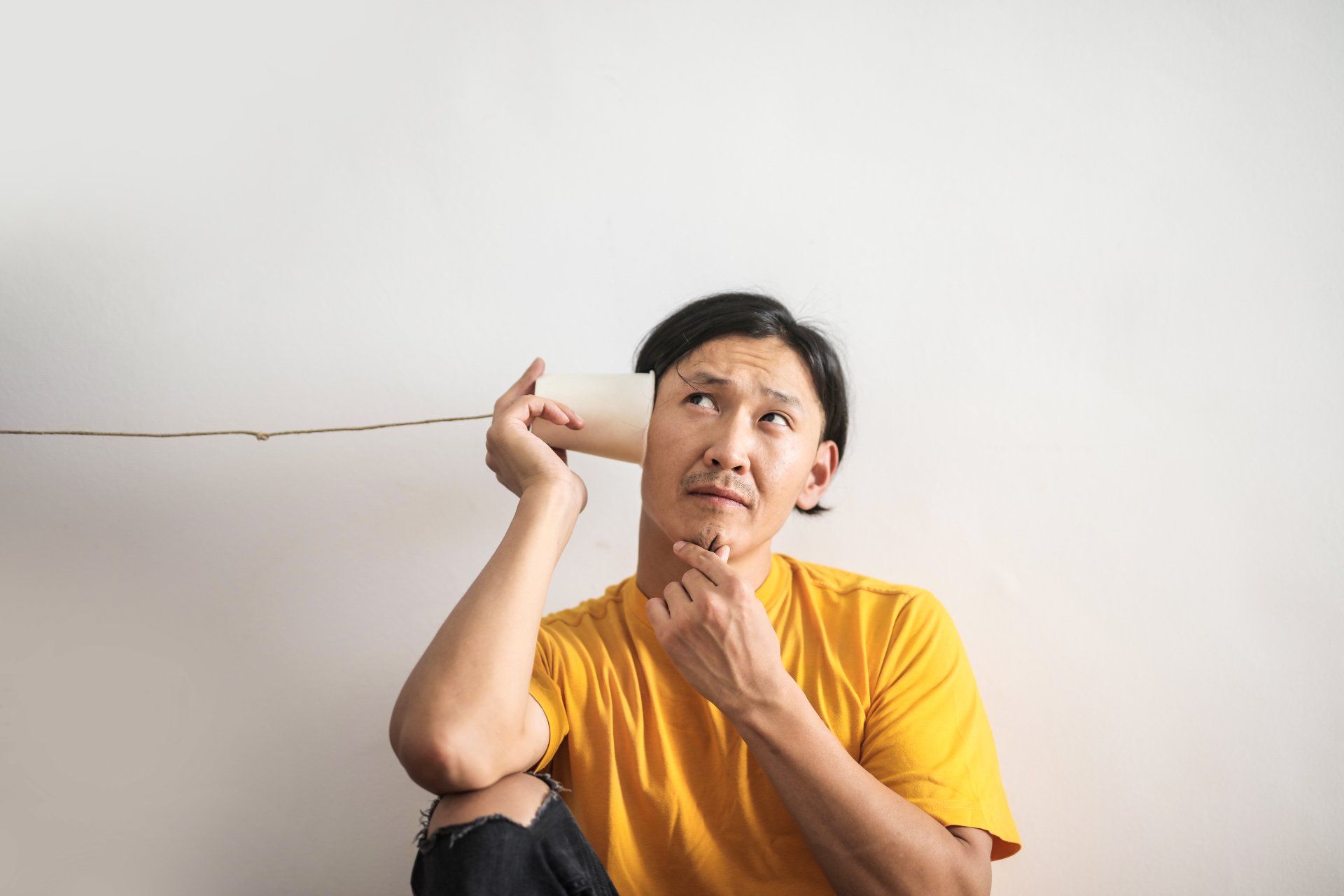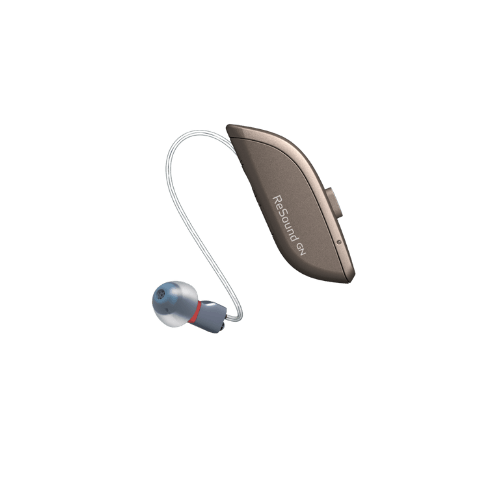Are your hearing aids wet? What you need to know and what you can do.
Are your hearing aids wet?
If you wear hearing aids, it is important to keep them dry. While most people are aware of this fact, they may not know how easy it is to damage their device or how much moisture can build up over time without realizing it. In fact, hearing aids are so susceptible to damage that even if you have a custom-fit device (which is not waterproof), getting your hearing aids wet can still cause significant damage that requires repairs and replacements over time.
If you're worried about getting water inside your hearing aid during activities like swimming or bathing, here are some tips for keeping your devices safe.
Avoid getting water inside of your hearing aids at all costs.
If you get your hearing aids wet, it can cause damage that is costly and time-consuming to repair. In addition, even if the hearing aid doesn't fail completely, it will likely need to be thoroughly cleaned and checked before you can use it again.
Fortunately, there are a few steps you can take to minimize the risk of water damage:
- Keep your hearing aids out of direct contact with water or liquids—this includes rain and swimming pools.
- Never leave your hearing aid in areas where there may be excessive moisture such as bathrooms with high humidity levels or laundry areas where there are steamers, dryers, and washers nearby.
- Avoid using steamers or dryers as they can damage the delicate components inside of your hearing aid.
- Do not wear your hearing aids if you know you will be working out or playing a sport that could cause them to get wet.
- Never keep them in your pocket when you are swimming or showering. If you have water on them for too long, it can cause damage to the internal components of the device and make it unusable until it is repaired by an expert at a hearing clinic.
- To limit moisture in your custom hearing aids, try avoiding jumping straight into the pool when you're wearing them or standing under running water with them on. You may want to consider removing them before showering or bathing.
Remove your hearing aids during activities where they might get wet.
- Remove your hearing aids before swimming or bathing.
- Remove your hearing aids before showering.
- Remove your hearing aids before washing your hair.
- Remove your hearing aids before washing your face.
- Remove them during activities that generate a lot of moisture, like gardening or housework, as these can cause damage to the devices over time if you don't take them out first.
What about custom-fit hearing aids?
If you have a custom-fit hearing aid, you should avoid getting it wet as much as possible. Even if your device is waterproof, which many custom devices are not, the plastic casing can still collect moisture which will eventually cause damage.
Custom-fit hearing aids are more fragile and expensive than standard models. While this makes them better at fitting into the ear canal, it also means that any accidental damage will cost more to repair or replace. Custom-fit hearing aids have instruments that are so delicate and require precise measurements for optimal performance, even the smallest amount of moisture can cause major problems. Repairing them can be costly and time-consuming.
To help prevent this from happening in the first place, keep your custom hearing aids clean and dry by removing them when showering or swimming.
How should you care for wet hearing aids?
If your hearing aids get wet, remove them and dry them as soon as possible. If you can't remove the battery from your (custom-made) hearing aid, put it in an airtight container like a plastic bag for 24 hours so that any excess moisture can evaporate into the air. If there's no place for excess moisture to escape from inside of your device (like in the case of an open mold), call our office immediately so we can help you figure out how best to proceed.
If you wear behind-the-ear hearing aids, you can remove the battery compartment and let it air dry. This will help dry out the moisture.
You can also use a hairdryer to dry out your hearing aids by running it for about five minutes at medium heat. Be careful with this method though: if you set the temperature too high or leave them under the hairdryer for too long, they could be damaged!
How to prevent moisture damage?
Hearing aids get moisture over time without you knowing, it's important to have the moisture checked with your yearly hearing aid check-up. Moisture can damage your hearing aids, make them less accurate and reduce their lifespan. It's important that you take steps to protect your hearing aids from moisture.
In order to prevent moisture from damaging your hearing aids, it is recommended that you:
- Store them in a dry place when not in use.
- Clean the ear mold regularly with water and mild detergent (avoid cleaning fluids containing alcohol) or any other recommended method by your hearing professional.
- Ensure that you are using proper care for the battery of the device (rechargeable batteries should be charged every 2-4 weeks). All rechargeable batteries have a limited life span. When they no longer hold sufficient charge to power the unit, replace them with new ones from an authorized dealer or service center.
Important reminder!
If your hearing aids get wet, turn them off immediately and take the battery out. Then let them dry in a safe place. It’s important that you act quickly. Remember to get your hearing aids checked yearly to help with moisture prevention and unnoticeable moisture damage.
